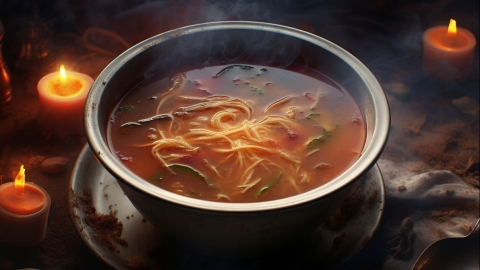Can horse hooves be used for making soup?
Generally, water chestnuts can be used for making soup, and when paired with different ingredients, they can offer a variety of flavors and nutritional benefits. Attention should be paid to their preparation and quantity when consumed. Detailed explanations are as follows:

Water chestnuts have a crisp and tender texture and contain water, vitamins, and minerals. When used in soups, they add a refreshing sweetness and enhance the nutritional value. Water chestnuts can be combined with various ingredients such as pork ribs, lean meat, tremella fungus, pears, and more, producing a light and non-greasy broth that suits different taste preferences. During the soup-cooking process, some nutrients from the water chestnuts infuse into the broth, increasing its nutritional content.
However, when using water chestnuts for soup, their outer skin must be thoroughly washed and peeled to avoid any residual dirt or impurities affecting the broth's hygiene. Additionally, their quantity should be controlled, as excessive use may increase the soup's cold nature due to the cool properties of water chestnuts, potentially causing gastrointestinal discomfort. Furthermore, the cooking time should not be too long, as this may soften the water chestnuts and cause them to lose their crisp texture. Therefore, it is important to manage both the quantity and cooking duration appropriately.
Before cooking, water chestnuts can be cut into chunks or slices, with the cutting method adjusted according to the size of the other ingredients to ensure even heating. In daily life, suitable ingredients can be selected based on the season and individual health conditions to combine with water chestnuts for soup preparation.








